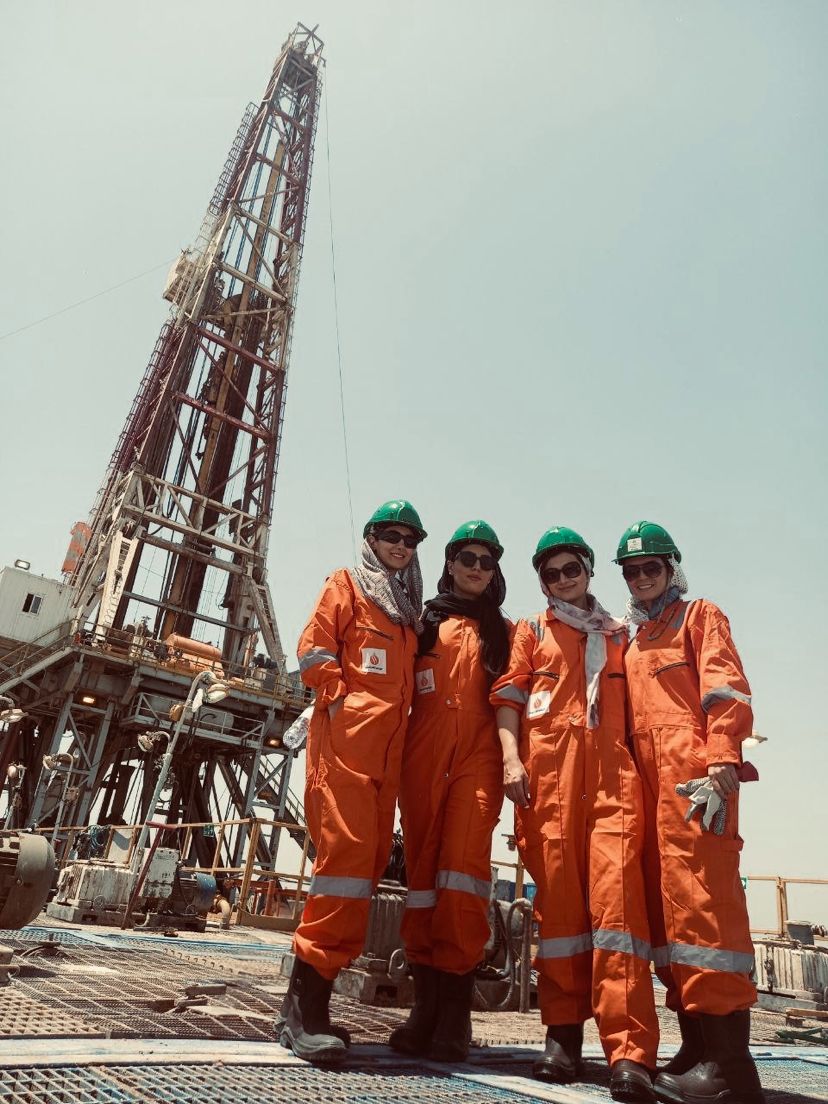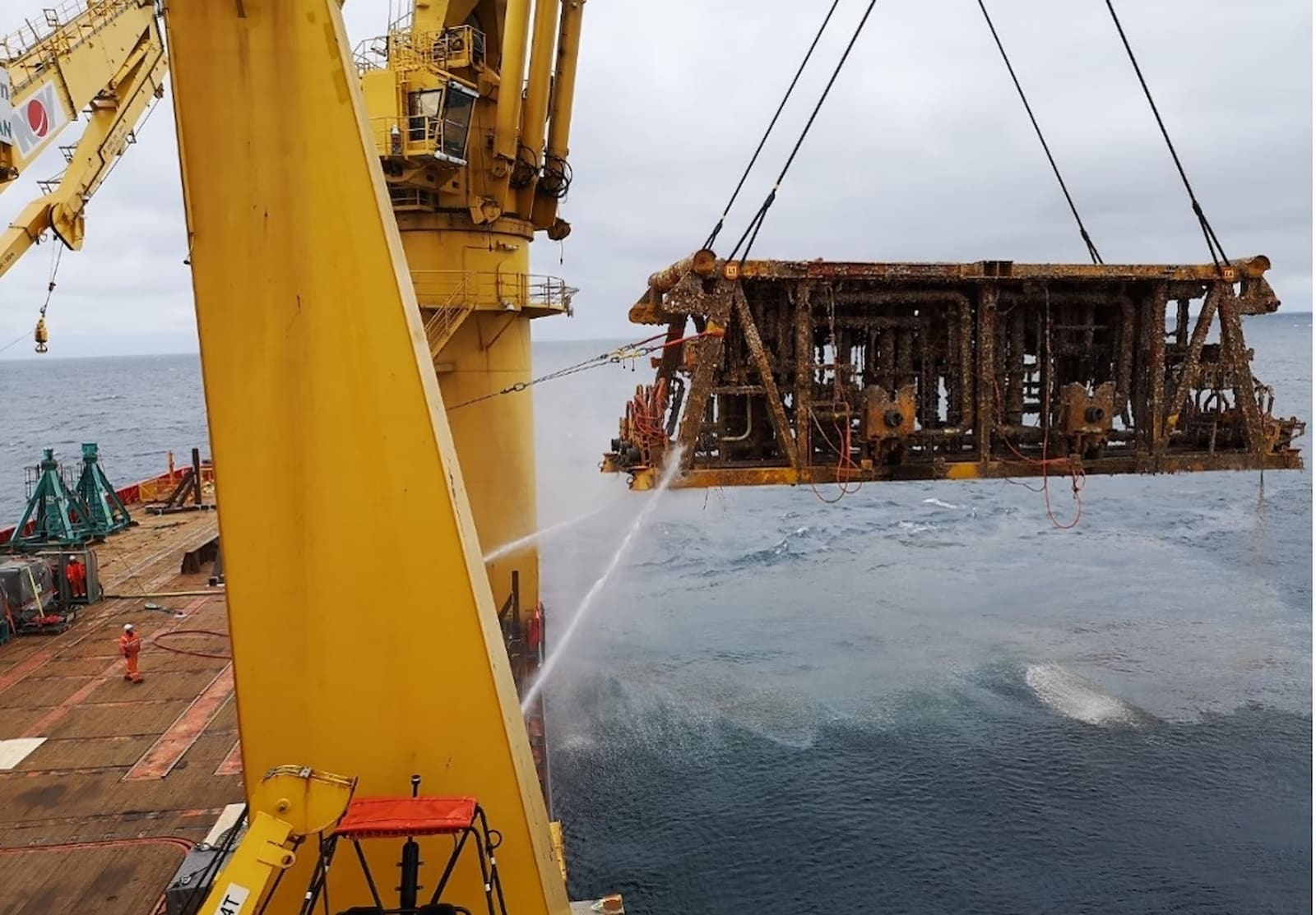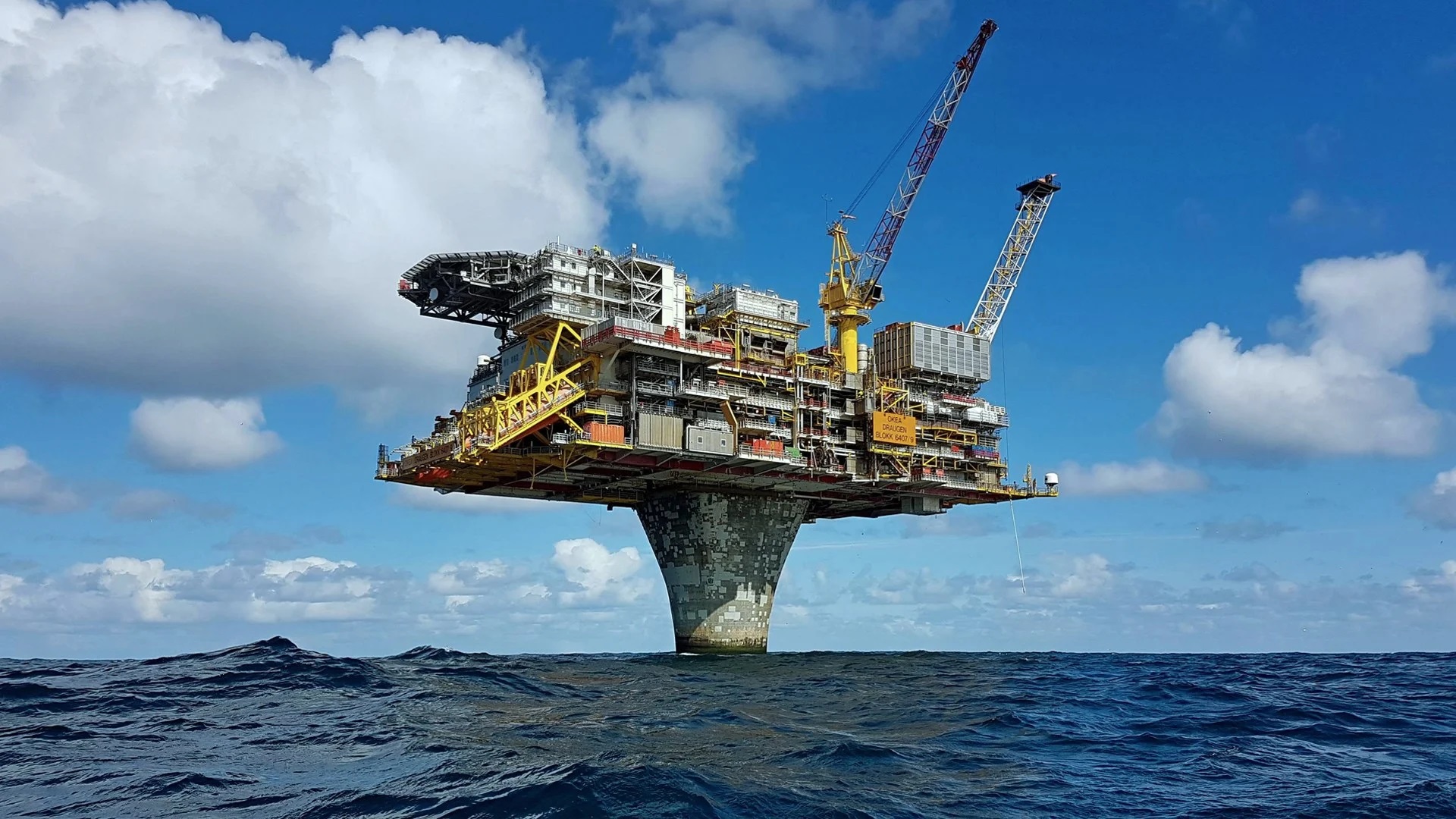Her team’s innovations in direct current are helping to realize a monumental feat of electrical engineering being built on the Spanish coast: the DolWin kappa converter platform, 56 meters, 11,000 tons and the world’s first offshore platform to be equipped with state-of-the-art gas-insulated direct current switchgear.
by Christina Hümmer
The coasts of Southern Spain have been one of the mythical sites of civilizations since time immemorial: The Greek demigod Hercules himself is said to have founded the coastal city of Cádiz, near the Strait of Gibraltar.
If you turn your gaze to the east in the picturesque old town of Cádiz, you may catch sight of a huge steel structure on the horizon – the result of a truly Herculean task of technological superlatives. It’s here where Spanish EPC contractor Dragados Offshore S.A. and Siemens Energy are building the DolWin kappa converter platform.
DolWin kappa is the centerpiece of the DolWin6 grid connection system, a 900-megawatt link that will ensure TenneT, transmission system operator of the high-voltage grid in the Netherlands and large parts of Germany, can transport offshore wind power from the German North Sea to shore. Once commissioned, the platform will rise some 56 meters out of the North Sea – the height of an 18-story building. Its total weight of 11,000 tons supported by 10 steel piles anchored up to 50 meters in the seabed.
“We’re talking about up to 15,000 components in 200 subsystems that must be integrated.”
Maria Kosse, Lead Engineer HVDC, Siemens Energy
DolWin kappa will receive the alternating current from several wind farms and convert it into direct current. This is the only way to transport the electricity over 90 kilometers to the grid connection point onshore with as little loss as possible. There, it will be converted back into alternating current by a second converter station so that the electricity can be fed into the grid and transported to households.
It’s a complex interplay of a wide variety of power transmission technologies: “We’re talking about up to 15,000 components in 200 subsystems that must be integrated,” says Dr. Maria Kosse from Siemens Energy. As a lead engineer working on grid connection systems, her job is to make sure that every component in the converter platform perfectly interacts. From the heart of the converter platform, the high-voltage direct current transmission (HVDC) converters, to the brain of the platform, the control & protection systems that have to process approximately 400,000 signals, every function and every technology must run properly to bring green energy to every household. However, it’s not the brain or the heart of the converter platform, but a different technology that makes Maria’s eyes light up.


